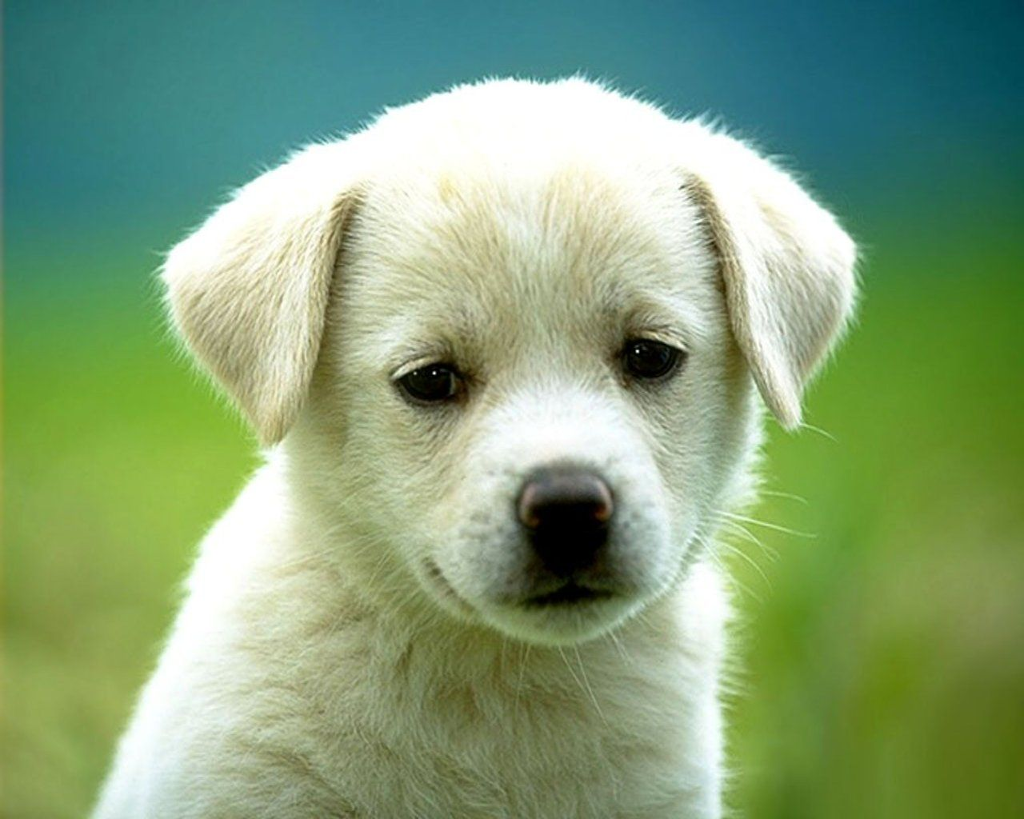Question
please answer 1-10 throughly! thank you! 1) Download the puppy's image. Convert it to grayscale. Let me know if you prefer to work with a
please answer 1-10 throughly! thank you!

1) Download the puppy's image. Convert it to grayscale. Let me know if you prefer to work with a different image
2) To avoid type discrepancy use double(name) for filtering.
3) Find the dynamic range of your image: That is the range between max(max(name)) and min(min(name)). Create a random noise matrix of the same size: rand(nxm). This function generates a normalized uniformly distributed noise.
4) Use help to learn about 'rand' function. Scale the noise to be approximately 10% of your signal dynamic range.
5)Add the noise to the image. Display the original image and the noisy image side by side.
6)Create the following filters:
a) 3 point moving averager. bk = (1/L)*ones(1,L)
b) 10 point moving averager.
c) First difference filter.
d) Filter with the following coefficients: bk = [1 0 1],
e) Two dimensional filter: bb = [.25, -1, .25; -1, 3, -1; .25, -1, .25]
f) Sobel Filter with the coefficients: s = [1 2 1; 0 0 0; -1 -2 -1];
g) In case of one dimensional filters (a to d) explain what the filter effect is on the image. For example is the image sharper or blurry. What is the size of the new image. Describe if the filter high pass, low pass or band pass by observing the output? Can you point to the transient part of the image? Use a cursor and determine the number of points in the 'transient' response of the filter.
7) Display the magnitude of the system function of each filter. Relate this observation to your answer in part g.
8) Cases e and f are 2 dimensional filters. Each filter kernel must be uniquely applied to the signal using filter2 and the 'same' in the command line. Explain in your own words the role of the 'same' and why is it necessary. Do a google search to learn what a Sobel filter does.
9) Code to calculate the RMS error between the filtered signals (a thru d) and the original signal and determine which one is the closest to the original bw image.
mse = mean((s - s_mod).2);
rmse = sqrt(mean((s - s_mod).2));
10) imcomplement dislays the negative of an image. Design a threshold detector filter to detect the eyes and the nose.
Step by Step Solution
There are 3 Steps involved in it
Step: 1

Get Instant Access to Expert-Tailored Solutions
See step-by-step solutions with expert insights and AI powered tools for academic success
Step: 2

Step: 3

Ace Your Homework with AI
Get the answers you need in no time with our AI-driven, step-by-step assistance
Get Started


